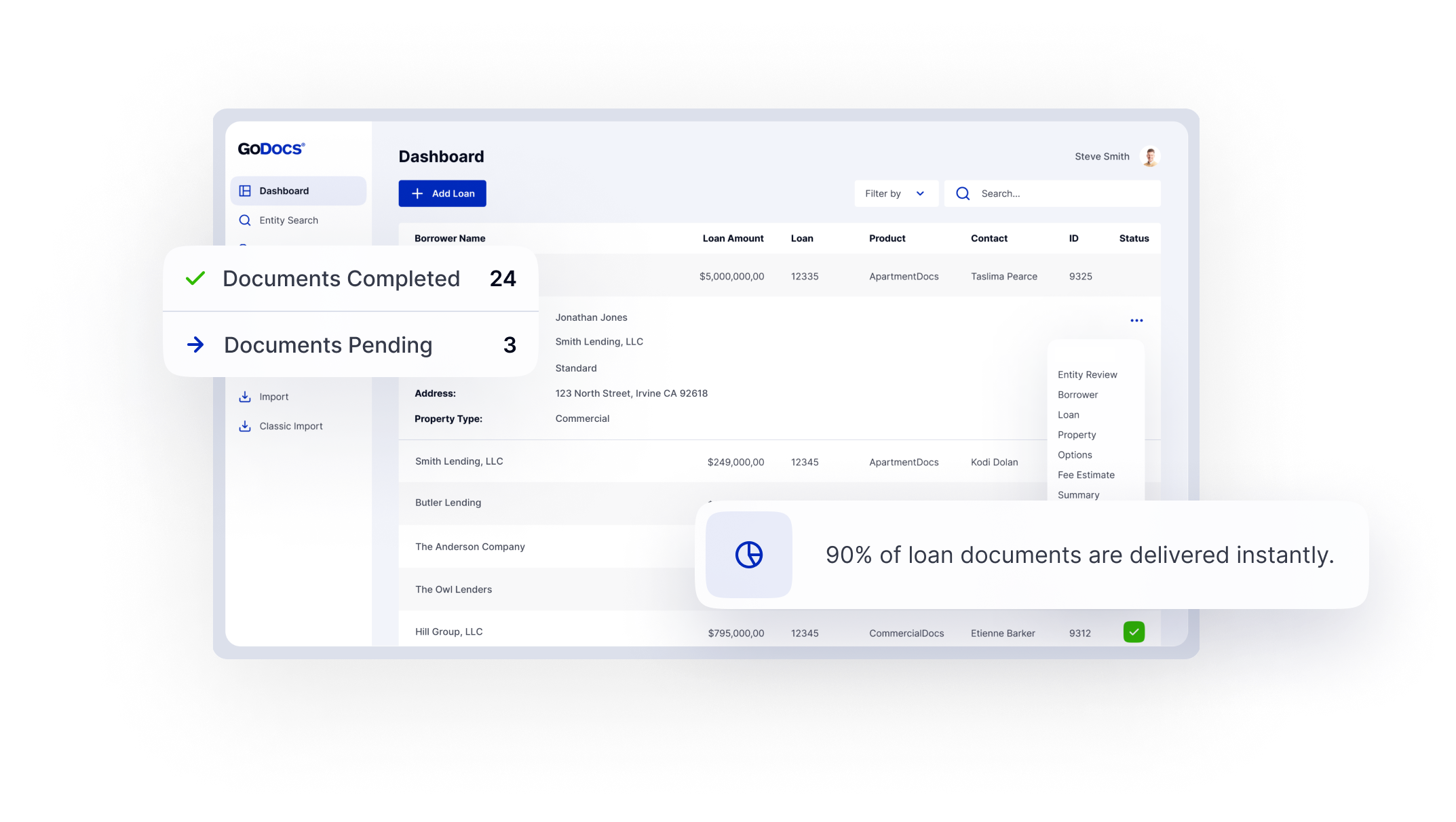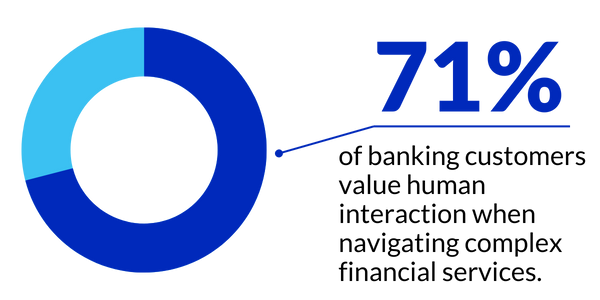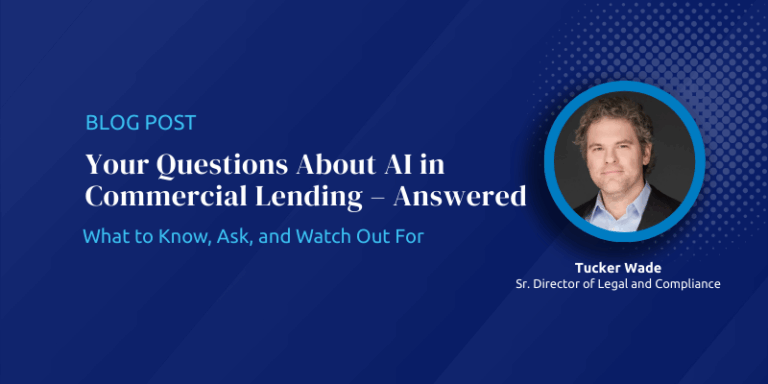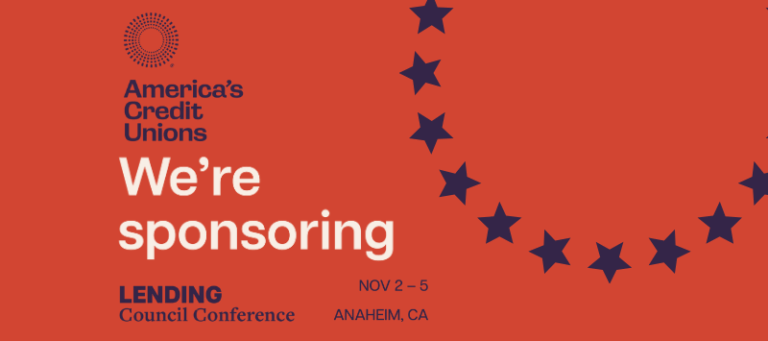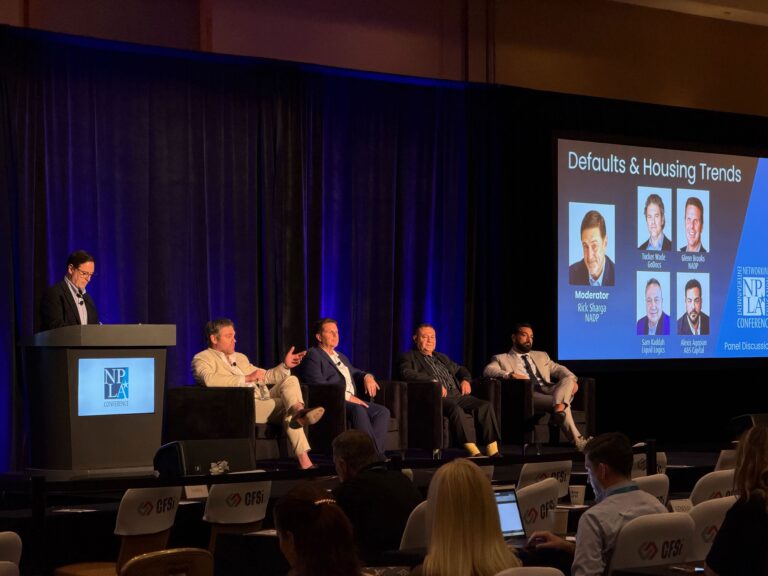There’s no question that artificial intelligence (AI) is changing the way we work in commercial lending. From underwriting automation to portfolio analysis, AI-powered tools promise faster decisions, improved efficiency, and streamlined operations. For financial institutions constantly racing to close loans while managing risk, that’s an attractive value proposition.
But let’s draw a clear line: when it comes to drafting legally binding loan documents, AI isn’t just unready, it’s dangerous.
There’s a growing misconception in the lending industry that AI can handle complex document drafting, including the preparation of enforceable commercial loan agreements.
It’s an appealing idea. Faster documents, fewer bottlenecks, lower costs. However, this belief misses a fundamental truth: AI doesn’t understand the law, and it cannot replace legal expertise in this high-stakes environment.
AI doesn’t understand the law, and it cannot replace legal expertise in this high-stakes environment.
— Adam Craig, CEO at GoDocsAI Writes Words, But It Doesn’t Understand Law
AI systems, especially large language models, are excellent at predicting words. They can draft emails, summarize data, and even write marketing copy with remarkable fluency. But that’s where their abilities stop.
AI doesn’t “understand” legal meaning or intent. It simply rearranges patterns from historical data. It cannot grasp jurisdictional nuances, interpret regulatory language, or anticipate legal consequences. In the context of commercial lending, this is a recipe for disaster.
Earlier this year, Reuters reported several alarming cases in which AI-generated legal documents contained fabricated case law and false citations, so-called “hallucinations.” These incidents resulted in real-world penalties for the attorneys who unknowingly submitted them to courts.
Now imagine that same risk embedded within your loan agreements. If an AI-generated document introduces an unenforceable clause, or worse, omits a key regulatory requirement, your institution could face legal disputes, failed transactions, and regulatory fines. That’s not an abstract risk. It’s a direct, operational threat to your lending business.
AI Isn’t Built for Compliance
Another critical flaw? AI cannot keep pace with the ever-evolving world of financial regulations.
Commercial lending regulations change constantly. Federal and state agencies issue new guidelines. Legislators pass new laws. Courts hand down rulings that redefine compliance standards and set new precedents. AI models, however, are static by design. They only “know” what they were trained on, or information that is publicly accessible. Legal and regulatory updates are often not documented on the sources used by AI. Instead, they are documented in databases accessible by licensed attorneys.
In other words, AI tools can’t proactively adjust to legal shifts. They won’t know if a recent regulatory change affects your loan documentation process. That’s why relying on AI for legal document drafting isn’t just risky, it’s fundamentally incompatible with the compliance-driven realities of commercial lending.
Relying on AI for legal document drafting isn’t just risky, it’s fundamentally incompatible with the compliance-driven realities of commercial lending.
— Adam Craig, CEO at GoDocsAs Forbes noted earlier this year, AI may be helpful for administrative legal tasks, but replacing legal professionals in specialized, high-risk areas is still a fantasy. Banking and lending professionals who believe otherwise may be dangerously underestimating the complexity of their own legal obligations.
Commercial Lending Demands Human Judgment
Commercial loan documents are not boilerplate contracts. They’re detailed legal agreements that must precisely capture the terms of a deal, comply with multiple regulatory frameworks, and provide clear enforceability across jurisdictions.
No matter how sophisticated an AI tool may be, it cannot replace the judgment of experienced legal professionals who understand both the law and the intricacies of lending. Commercial lenders need experts who can:
- Interpret risk based on deal structure and borrower profile
- Tailor document language to specific legal environments
- Ensure enforceability under applicable laws
- Proactively adapt to regulatory changes
AI cannot replicate this. At best, it may assist with low-risk, high-volume tasks like template management or document review checklists, but it cannot handle drafting or reviewing enforceable commercial loan documents.
The Smarter Solution: Targeted Automation, Not AI-Hyped Reliance
That doesn’t mean lenders should ignore technology. Quite the opposite.
The future of commercial loan documentation lies in purpose-built automation platforms that combine compliance rigor with document efficiency. Unlike generic AI tools, these platforms are developed alongside legal experts, ensuring they stay aligned with regulatory changes and industry best practices.
The future of commercial loan documentation lies in purpose-built automation platforms that combine compliance rigor with document efficiency.
— Adam Craig, CEO at GoDocsSolutions like these empower lenders to generate attorney-quality loan documents on demand, without sacrificing legal control or compliance integrity. These platforms deliver speed and legal precision, because they’re designed specifically for lending professionals, not as a generic AI experiment.
The Bottom Line: Protect Your Deals, Not AI’s Hype
AI is a powerful tool, but it’s not a shortcut to legal safety.
In commercial lending, your loan documents are your most critical line of defense. They define your rights, your protections, and your recourse in case of borrower default. Fast and cheap documents are meaningless if they aren’t accurate, enforceable, and compliant.
The smart play isn’t to gamble with over-reliance on AI. It’s to embrace technology that complements, rather than replaces, legal expertise.
If you’re serious about protecting your institution, keep AI where it belongs: assisting with admin tasks, not serving in the role of your legal backbone.
CEO at GoDocs
Experience the Future of Commercial Loan Document Automation
Discover GoDocs, the leading SaaS solution powered by the sharpest legal minds in CRE! Schedule a demo today to elevate your lending process and to gain your competitive advantage.
